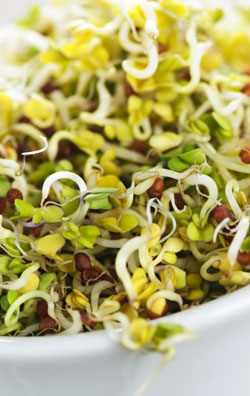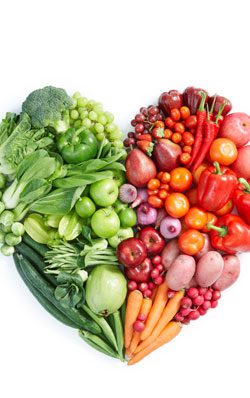
You consume it in the coffee, tea, as well as soda, but yet just how much do you know exactly regarding the widely used pick-me-up?
The majority of us drink it daily, yet simply how much do we fully realize concerning high levels of caffeine? The naturally-occurring ingredient with a bitter flavour affects the central nervous system, causing you to become look and feel even more awake. In reasonable doses, it might truly give health benefits, which includes enhanced memory, attentiveness, as well as mental well being. And also a cup of coffee specifically, an important form of caffeine for Americans continues to be connected with a number of body perks, which includes a potential reduced possibility of Alzheimer’s condition and even some specific cancer diseases.
However, in excessive quantities, caffeine, over-use might lead to a rapid heart rate, sleeping disorders, nervousness, and even uneasiness, among many other unintended side effects. Suddenly stopping its use can bring about the signs of withdrawal, such as mild to severe headaches and even irritability.
So it is time for some reality check on our Java.
1. Decaf isn't similar to caffeine free:
Deliberate changing over to decaf in the midday signifies you aren't receiving any of the stimulating elements? You better think again. One particular Journal of Analytical Toxicology article investigated 9 different kinds of decaffeinated Java, and even established that all but one included caffeine. The dosage ranged from 8.6mg to 13.9mg. (A brewed mug of typical coffee generally includes between 95 and 200mg, as a place of analogy. A 12-ounce can of Coke include between 30 and 35mg, as per the Mayo Clinic.) "If an individual consumes 5 to 10 cups of decaffeinated coffee, the dosage of coffee can easily attain the stage found in a mug or even 2 of caffeinated coffee," claims research co-author Bruce Goldberger1, PhD., a professor as well as director of UF's William R. Maples Centre for Forensic Medicine. "This could possibly be an issue for individuals that are encouraged to reduce their coffee intake, which include people that have kidney disorder or even stress ailments."
2. Based on an FDA document, at least 98% of our caffeine consumption originates from liquid refreshments. Yet those aren't the single options for caffeine: Food items; like chocolate (although very little: a one-ounce milk chocolate bar has all about 5mg of levels of caffeine), and even medicines also can have caffeine. Blending a pain reliever with caffeine causes it to be forty percent more efficient, the Cleveland Hospital claims, which enables it to assist the system to digest the drugs faster.
3. Based upon a current BBC post, Finland captures the crown for the nation with the maximum caffeine intake, with the normal grownup downing 400mg every day. Worldwide, 90 % of individuals utilize caffeine in certain form, the FDA claims.
4. The Typical American Takes in 200mg of Caffeine Everyday: Based on the FDA, 80 % of U.S. grownups ingest caffeine on a daily basis, with a particular person’s consumption of 200mg. To place that in physical terms, the normal caffeine-consuming American intakes a couple of five-ounce cups of caffeine or even just about 4 soda pops. Whereas one more assessment places the total nearer to 300mg, each figure come within the connotation of average caffeine intake, which is between 200 and 300mg, as per the Mayo Clinic. Routine dosing beyond 500 to 600mg are viewed seriously and thus could potentially cause complications for instance sleeping disorders, irritation, as well as a rapid heart rate, among others.
5. Not every coffee is made the same: In terms of caffeine, most of the coffees are not created the same. Based on a newly released study from the Centre for Science in the Public Interest, preferred brands varied extensively in terms of the jolt they offered. McDonald's, such as, got 9.1mg per fluid ounce, whereas Starbucks stuffed at least double that at a total 20.6mg.





